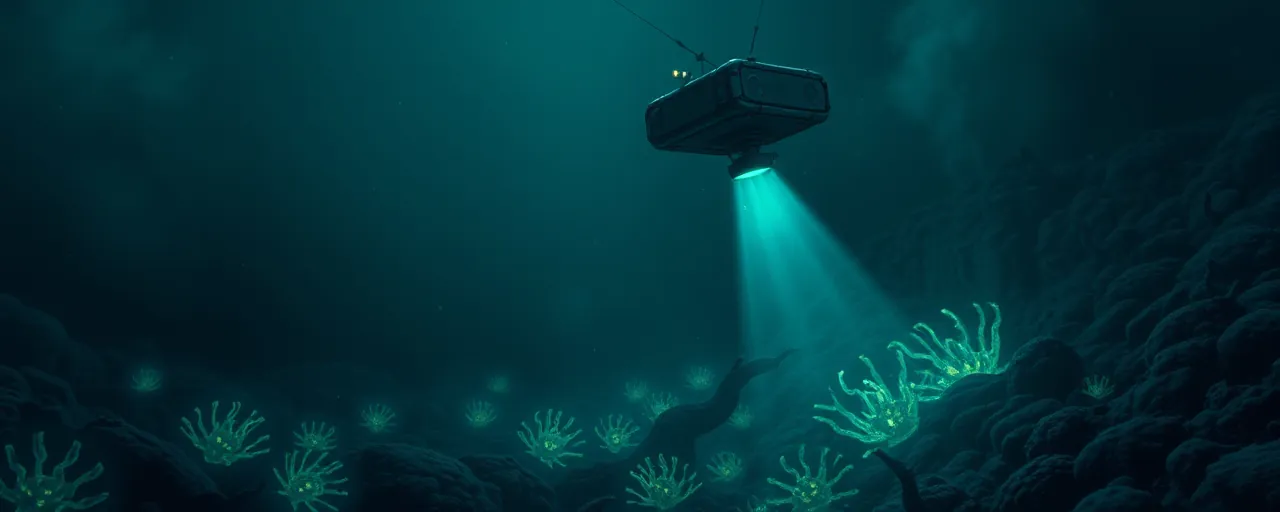A Milestone on the Water
Two new research vessels are taking shape in Louisiana, marking a pivotal step for the National Oceanic and Atmospheric Administration. The ships, named Discoverer and Oceanographer, have reached key construction milestones, with Discoverer launched in March and Oceanographer floated last fall. Built by Thoma-Sea Marine Constructors, these 244-foot vessels are 68% and 76% complete, respectively, and are slated for completion in 2026. Once commissioned, they’ll bolster efforts to explore the deep sea, monitor ocean conditions, and study marine life, all while addressing the pressing need to update an aging fleet.
The urgency is palpable. NOAA’s current 15-ship fleet averages over 30 years old, with six vessels nearing the end of their service life by 2030. These new additions, homeported in Newport, Rhode Island, and Honolulu, promise to keep vital research on track. Beyond their scientific role, they tie into broader economic stakes, supporting safe navigation and coastal resource management that underpin billions in marine-related commerce. It’s a gritty, hands-on effort to keep pace with a changing world.
Tech Meets the Tide
These aren’t your grandfather’s research boats. Discoverer and Oceanographer will feature cutting-edge clean energy technologies, including high-efficiency diesel engines and emission controls. This aligns with a global push to curb maritime emissions, which account for 3% of the planet’s greenhouse gases. Advocates for sustainable shipping see this as a practical leap forward, reducing fuel consumption and carbon output without sacrificing capability. Each ship will carry up to 48 crew and scientists, blending human expertise with advanced systems.
The maritime industry’s shift toward renewables isn’t new, but it’s accelerating. Ports like Liverpool generate megawatts from solar panels, while offshore wind farms expand energy options. For NOAA, integrating these innovations ensures the fleet can handle demanding missions, from deploying remotely operated vehicles to mapping uncharted ocean floors. Yet, some question whether the $178 million contract awarded to Thoma-Sea in 2020 could stretch further, given rising construction costs and the complexity of eco-friendly designs.
Why the Ocean Still Matters
The stakes extend beyond science labs and shipyards. Coastal regions house nearly half the world’s population and drive a marine economy worth $1.5 trillion annually. Fisheries, tourism, and trade rely on healthy oceans, yet pollution and climate change threaten these lifelines. Researchers point to China, where the marine sector fueled 7.8% of GDP in 2022, as evidence of what’s at risk. NOAA’s new ships will gather data to balance economic growth with sustainability, a task growing more urgent by the year.
Deep-sea exploration adds another layer. Recent missions have uncovered volcanic sites and bizarre ecosystems, like hydrothermal vents teeming with life. Scientists argue this knowledge shapes conservation strategies and resource management, though funding debates persist. Policymakers and industry leaders often clash over priorities, with some pushing for faster fleet upgrades and others wary of costs. The Discoverer and Oceanographer aim to bridge that gap, offering tools to tackle both immediate needs and long-term questions.
Looking Ahead
By 2026, these ships will join a fleet in transition. Two more vessels, Surveyor and Navigator, are also in the works, focusing on charting and mapping. It’s part of a broader effort to replace outdated ships, some stretching back 50 years, like Cal Poly Humboldt’s retiring Coral Sea. The challenge isn’t just hardware; workforce shortages and soaring maintenance costs loom large. Still, supporters of the modernization plan see it as essential to keep U.S. ocean research competitive.
The ocean doesn’t wait. Its mysteries and resources demand attention, from the depths of the Aleutian Trench to coastal waters feeding global trade. Discoverer and Oceanographer signal a commitment to that reality, blending grit, tech, and purpose. As they take to the seas, they’ll carry more than crew and gear, they’ll haul the weight of expectation for a world leaning hard on its oceans.
